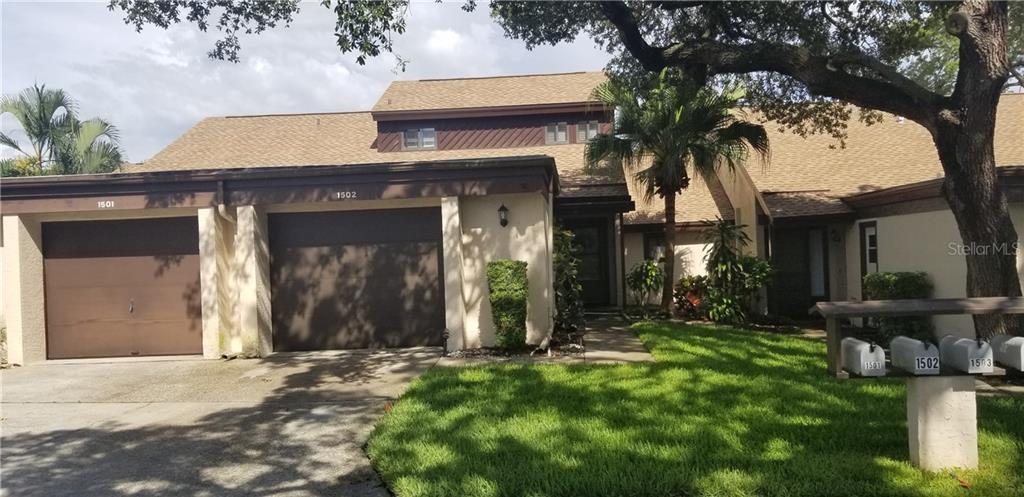

Later on in 1971-72 onwards companies such as Rolex tried to enter this market by introducing a helium release valve because their watches were not impermeable, however this was a very poor solution because helium inside a watch, even if released on decompression, causes fluctuation in the watches time keeping ability. Uniquely Omega was the exclusive supplier for watches in all deep sea diving tests because they were the only company at the time that could guarantee hermetically sealed watches. This was a company founded in 1961 by Henry Delauze and it pioneered very deep saturation diving starting with Hydra 1 in 1968. There is substantial mythology surrounding the watches worn by the divers for Comex (compagnie maritime d’expertises). The watch using a crown and dial variation complied with the Ministry of Defence DEF STAN 66 guidelines and was issued to all sectors of the British Army however again this would be the subject of a subsidiary site.

This watch was designated the CK2913 which was replaced in 1950 by CK14.755 (calibre 552) which then became ST165.014 in 1962 thereafter ST165.024 in 1963-64 The Seamaster 300 was guaranteed to 200m although tests equivalent to 300m have been carried out without water ingress, hence the rear of the watch carried the title ‘certified high pressure waterproof Seamaster’. In 1957 the world was greeted by the arrival of Omega’s famous trilogy: Speedmaster, Railmaster and importantly the Seamaster 300. The introduction of the revolutionary O-ring gave these watches a ruggedness, a waterproofness and a precision which was superior to all other brands at that time. In 1954 they were sent to SLWR for testing where they were found to be water resistant to 60 metres and temperature resistant between -40 to +50 degrees centigrade. The original Seamaster line commenced in 1948 and this watch was originally supplied to RAF crews as a military aviator.

In 1932 the world was introduced to the Omega Marine (as seen on the right), which was Omega’s first real divers watch and the expertise and designs from that watch were carried forward to create the first Omega Seamaster 300. There will be a website on the earlier Seamaster 300 the CK2913 (1957 – 62) but given the complexities, splitting the history in this way serves the collector better. The Author welcomes any observations which assist in the clarification for collectors. An examination of this model shows there are huge variations sometimes as many as 3 a year over the 6 year period. This is a narrow study of the Omega Seamaster 300 watch from the period 1963/64 – 1969. Omega marine patent 146310 with slide out case made of Staybrite steel


 0 kommentar(er)
0 kommentar(er)
